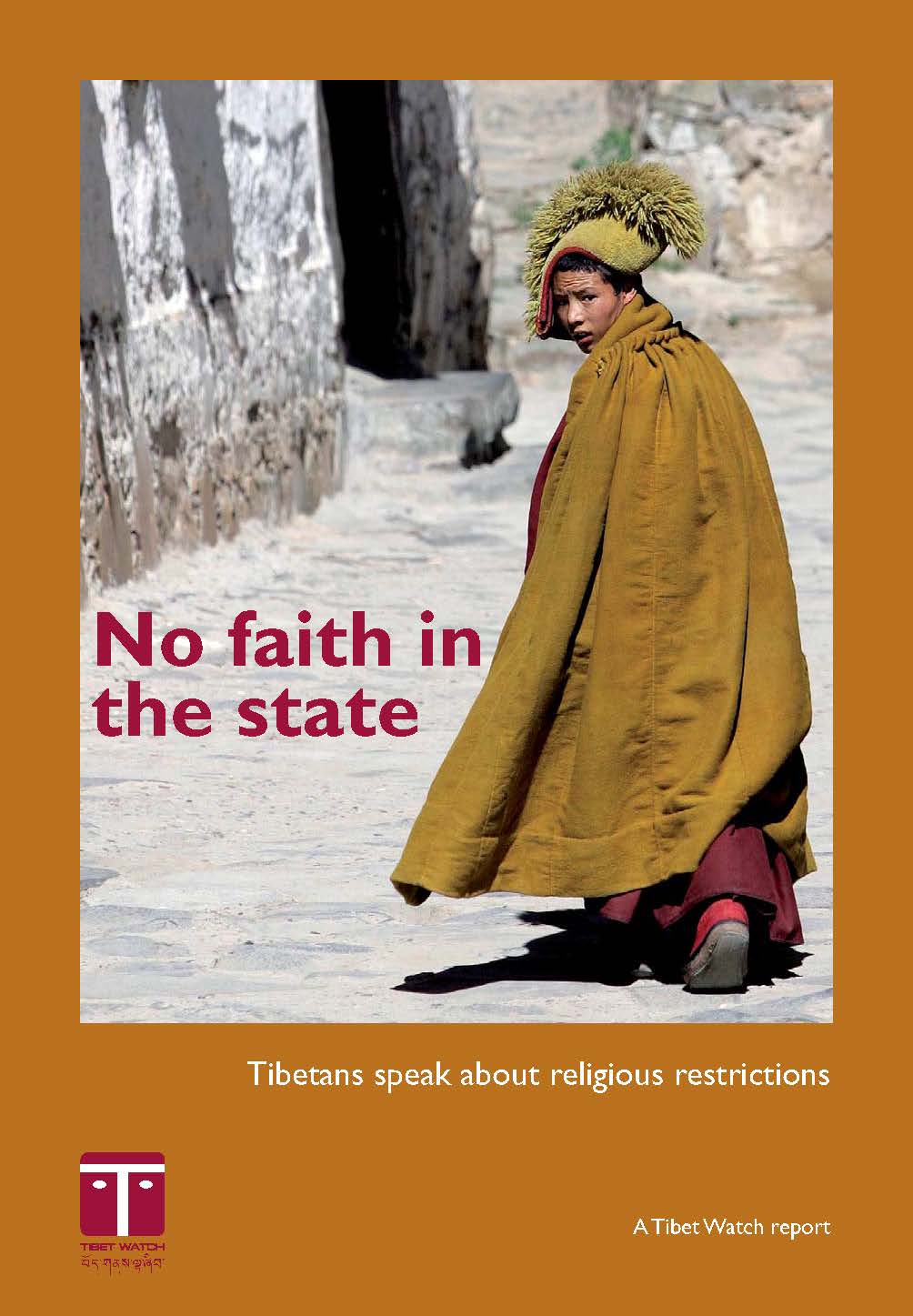
Executive Summary
During the Cultural Revolution, the Chinese government was responsible for the destruction of more than 6000 monasteries in Tibet. The contents of these monasteries –religious images and statues – were destroyed or looted, and millions of ancient and priceless manuscripts burnt. This is recorded fact.
Unfortunately it has always been extremely difficult, throughout the decades of Communist Chinese occupation, to gain an accurate picture of life in Tibet’s monasteries and nunneries.
The most reliable sources of information are the monks, nuns and lay people who every year make the dangerous and arduous journey from Tibet to Dharamsala, India – home to the Dalai Lama, the Tibetan government-in-exile and one place where Tibetan religion can thrive unfettered by Chinese restrictions.
For the past two years, Tibet Watch researchers in Dharamsala have been interviewing monks and nuns who have fled religious restrictions in Tibet. This book tells their story: the story of a decade when the limits placed on religious practices since the 1980s became even more rigorous, when control of every aspect of Tibetan Buddhist life
has been placed firmly in the hands of the occupying Communist regime. They have shared their stories with the promise of anonymity, fearing repercussions for family
and friends left behind.
At his last meeting with the young Dalai Lama, Chairman Mao leant over and whispered: “You know, religion is very harmful to the development of a nation. First of all, it acts as a hindrance to material progress and secondly, it weakens the race. Your mind is somewhat like a scientist’s, so you can understand what I mean. Religion is poison.”
Mao may be long gone, but the poisonous attitude of the Communist authorities towards Tibetan Buddhism lives on.


